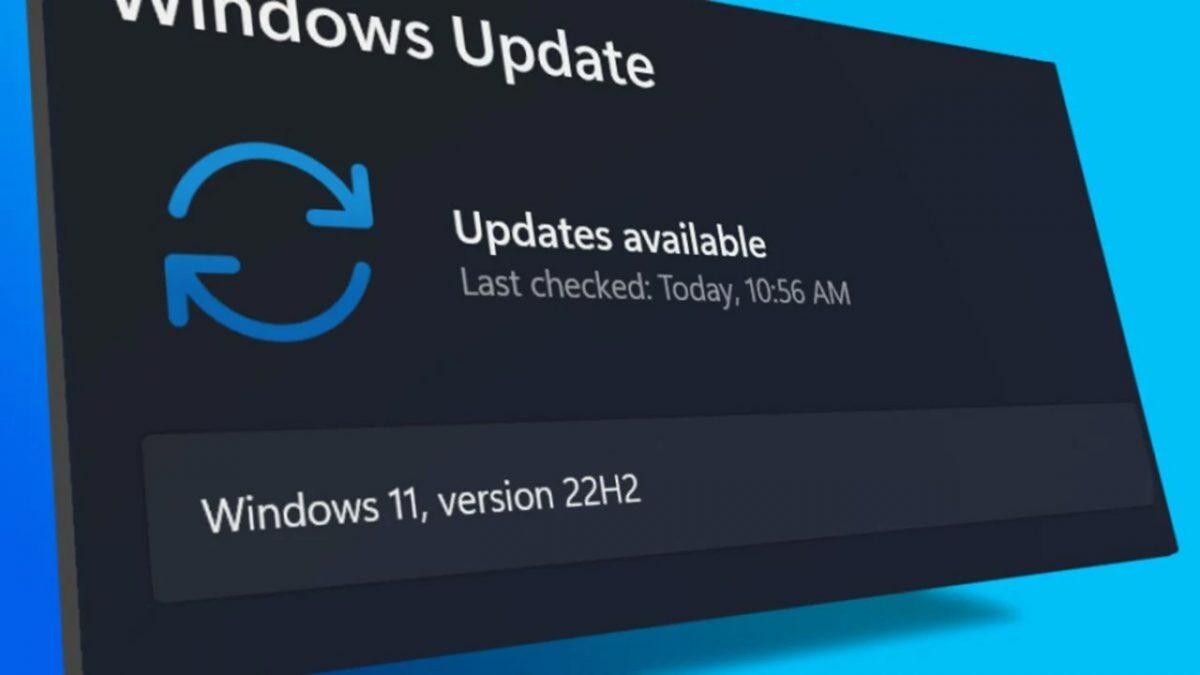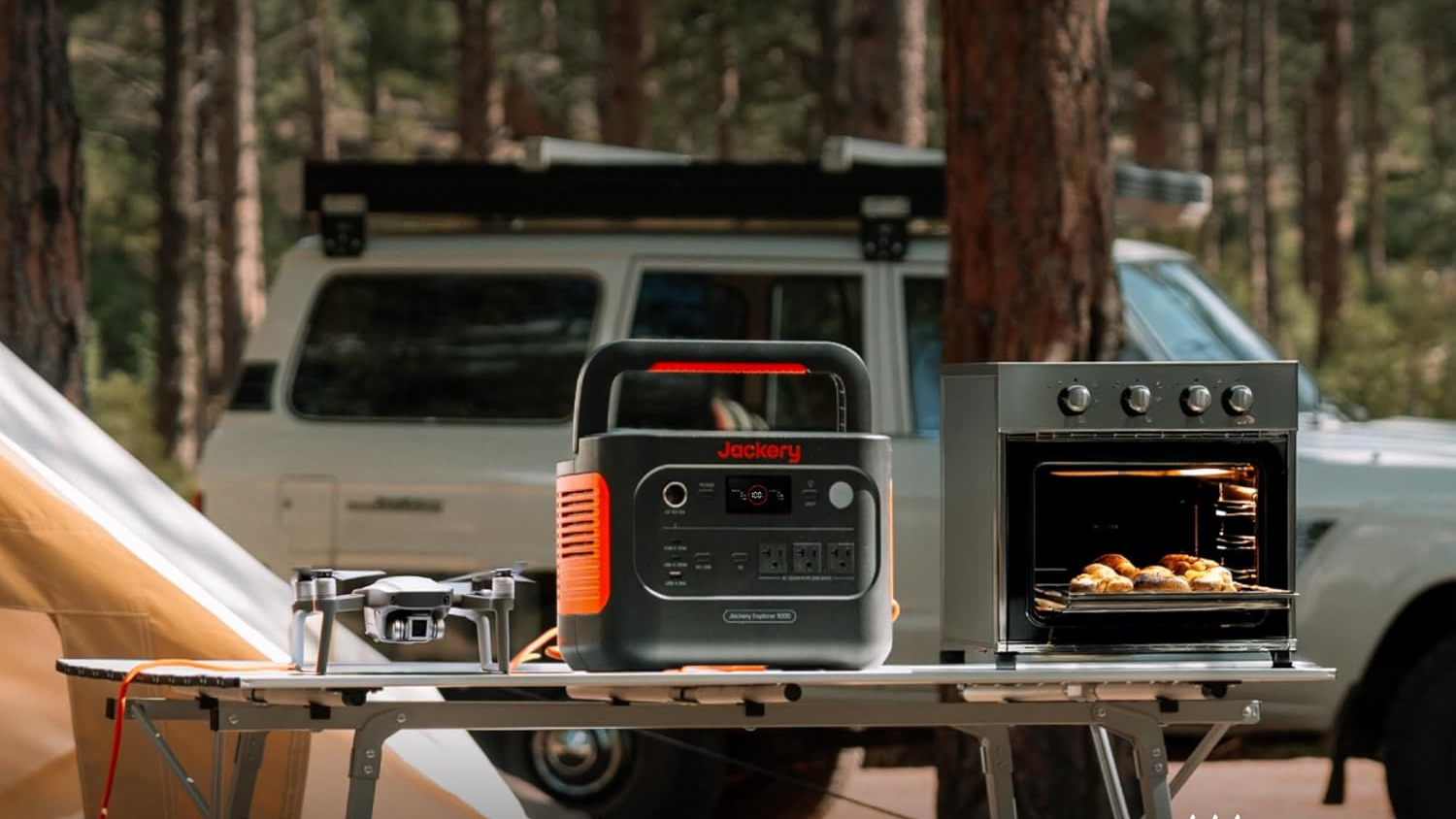Learn 15 Print-in-Place Mechanisms in 15 Minutes
3D printed in-place mechanisms and flexures, such as living hinges, are really neat when you can get them to print correctly. But how do you actually do that? YouTuber [Slant …read more


3D printed in-place mechanisms and flexures, such as living hinges, are really neat when you can get them to print correctly. But how do you actually do that? YouTuber [Slant 3D] is here with a helpful video demonstrating the different kinds of springs and hinges (Video, embedded below) that can be printed reliably, and discusses some common pitfalls and areas to concentrate upon.
Living hinges are everywhere and have been used at least as long as humans have been around. The principle is simple enough; join two sections to move with a thinned section of material that, in small sections, is flexible enough to distort a few times without breaking off. The key section is “a few times”, as all materials will eventually fail due to overworking. However, if this thing is just a cheap plastic case around a low-cost product, that may not be a huge concern. The video shows a few ways to extend flexibility, such as spreading the bending load across multiple flexure elements to reduce the wear of individual parts, but that comes at the cost of compactness.
Moving on from springs, the second part of the video describes a few strategies for print-in-place hinges, describing how they fail, and what to do to mitigate. Again, robustness comes at a cost, in this case, increased bulk, but with 3D printing, you get what you pay for. Overall, it’s a nice, concise guide to the topic and well worth a mere seventeen minutes of your time, we reckon.
We see 3D printed flexure mechanisms a lot ’round here, like this for example. But how precise are they? Finally, we think this 3D printed spherical flexure joystick is cool, but must have been a bit tricky to model!
Thanks to [Hari Wiguna] for the tip!












































































































































































![[The AI Show Episode 156]: AI Answers - Data Privacy, AI Roadmaps, Regulated Industries, Selling AI to the C-Suite & Change Management](https://www.marketingaiinstitute.com/hubfs/ep%20156%20cover.png)
![[The AI Show Episode 155]: The New Jobs AI Will Create, Amazon CEO: AI Will Cut Jobs, Your Brain on ChatGPT, Possible OpenAI-Microsoft Breakup & Veo 3 IP Issues](https://www.marketingaiinstitute.com/hubfs/ep%20155%20cover.png)
























































































































![[DEALS] 1min.AI: Lifetime Subscription (82% off) & Other Deals Up To 98% Off – Offers End Soon!](https://www.javacodegeeks.com/wp-content/uploads/2012/12/jcg-logo.jpg)



















































































































































































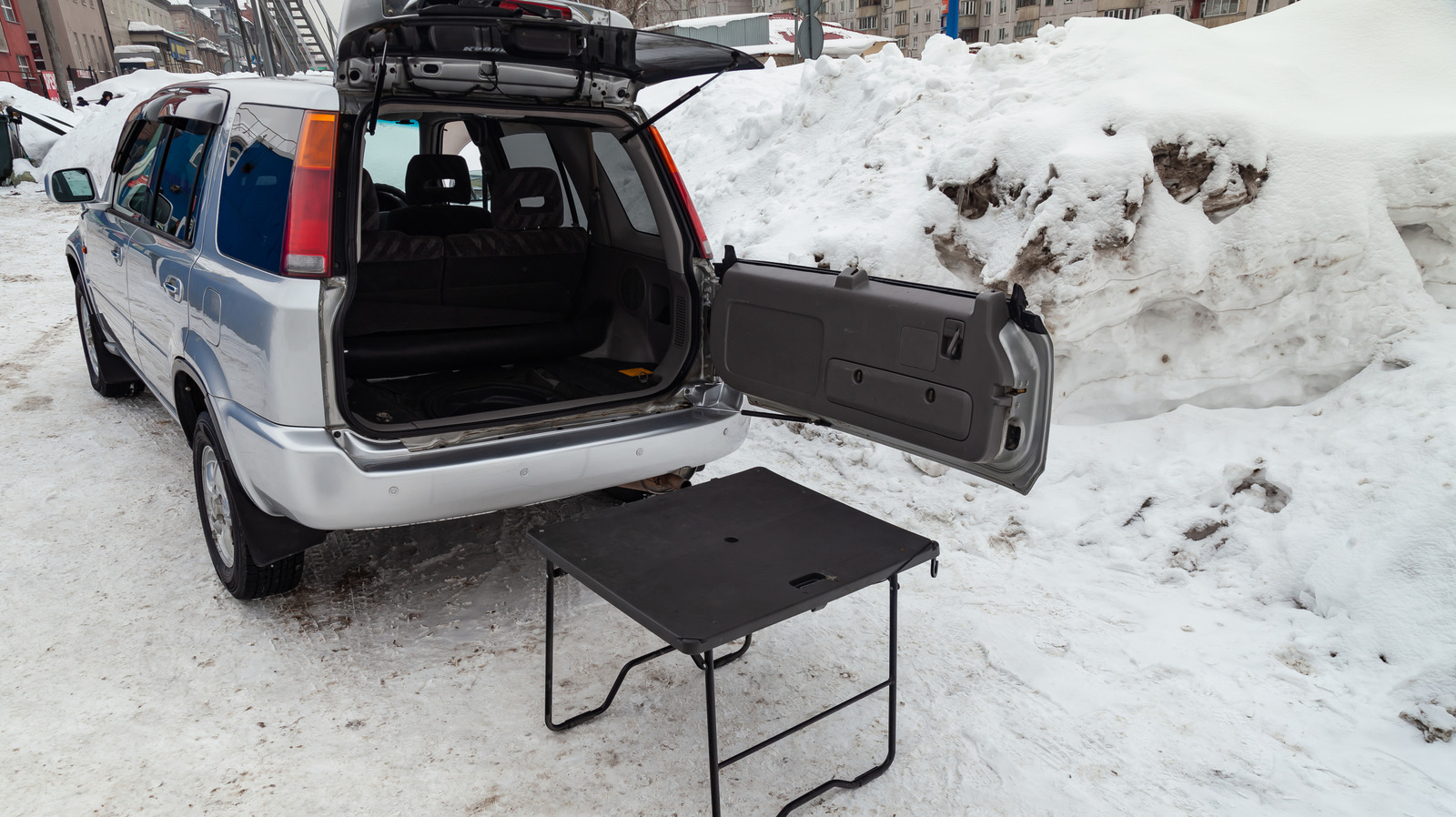













































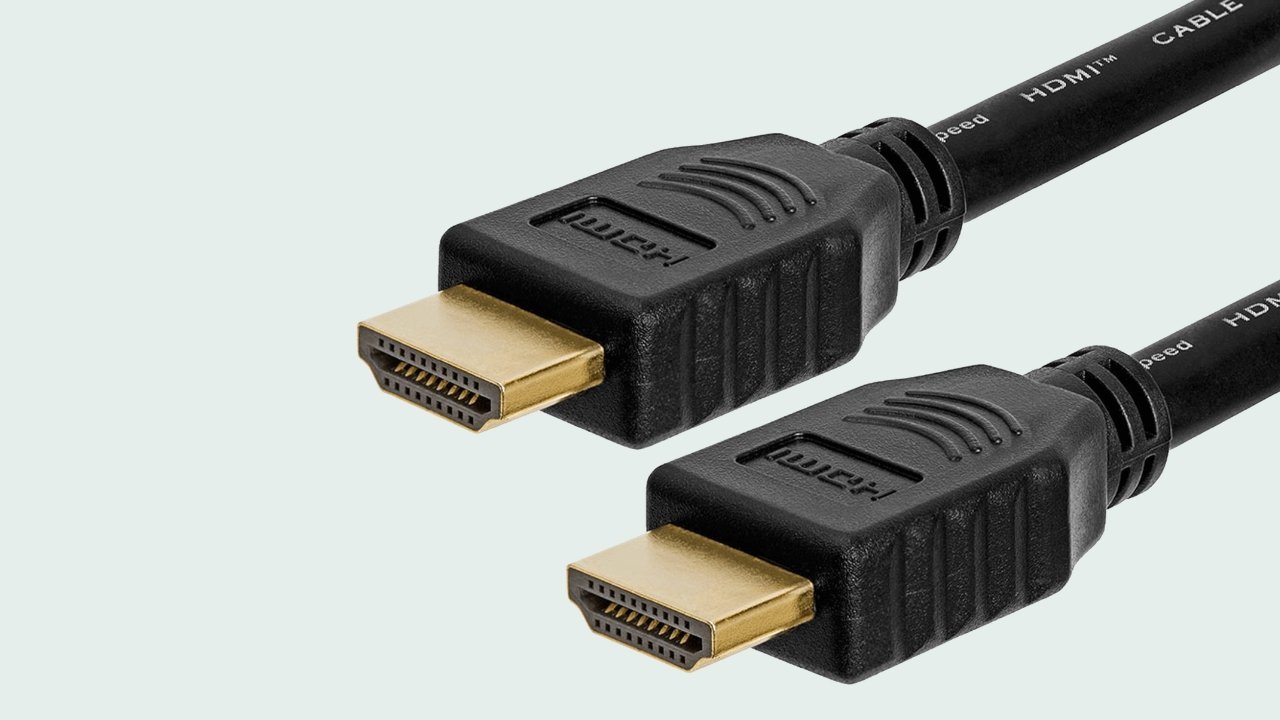

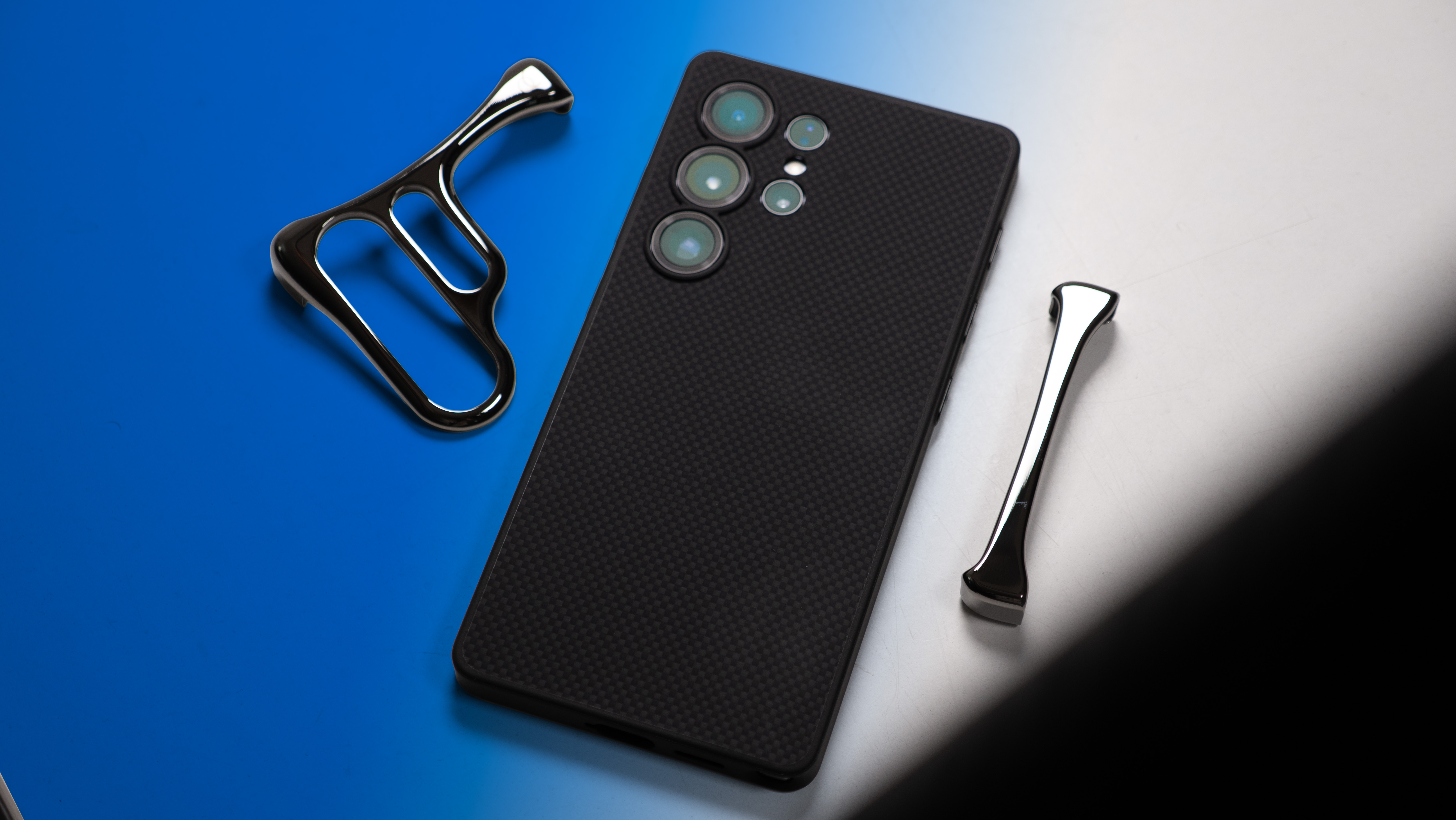

























![Mercedes, Audi, Volvo Reject Apple's New CarPlay Ultra [Report]](https://www.iclarified.com/images/news/97711/97711/97711-640.jpg)
























